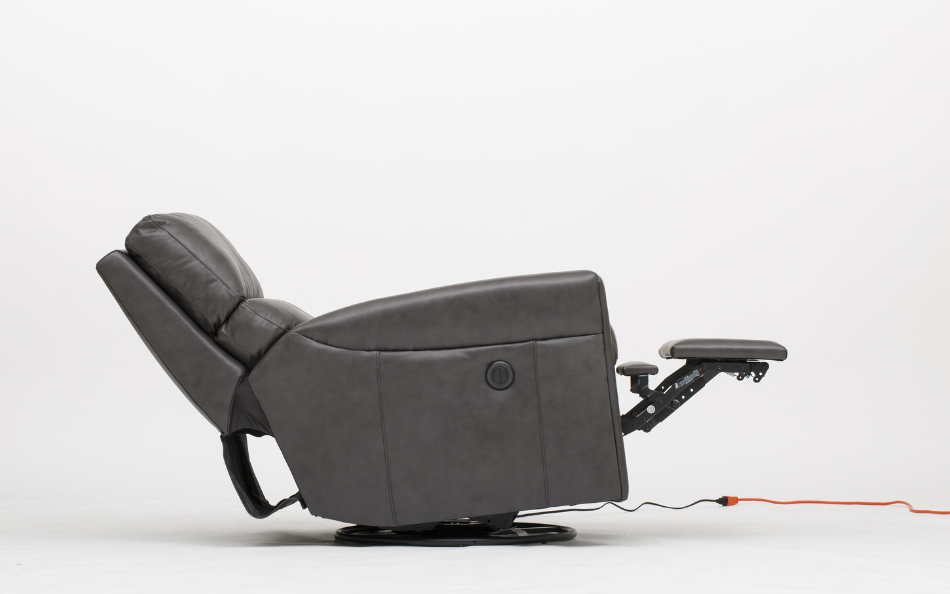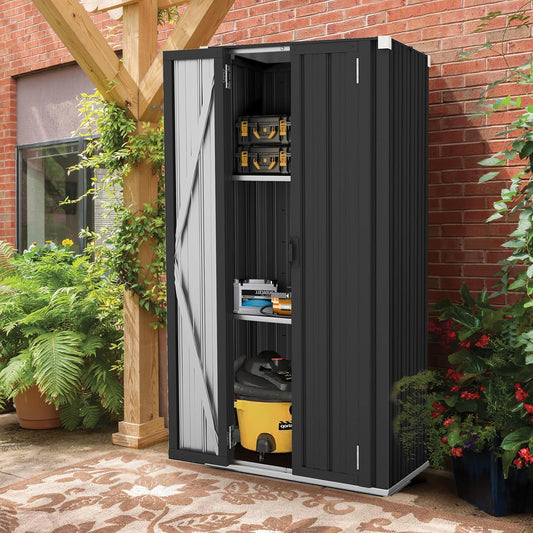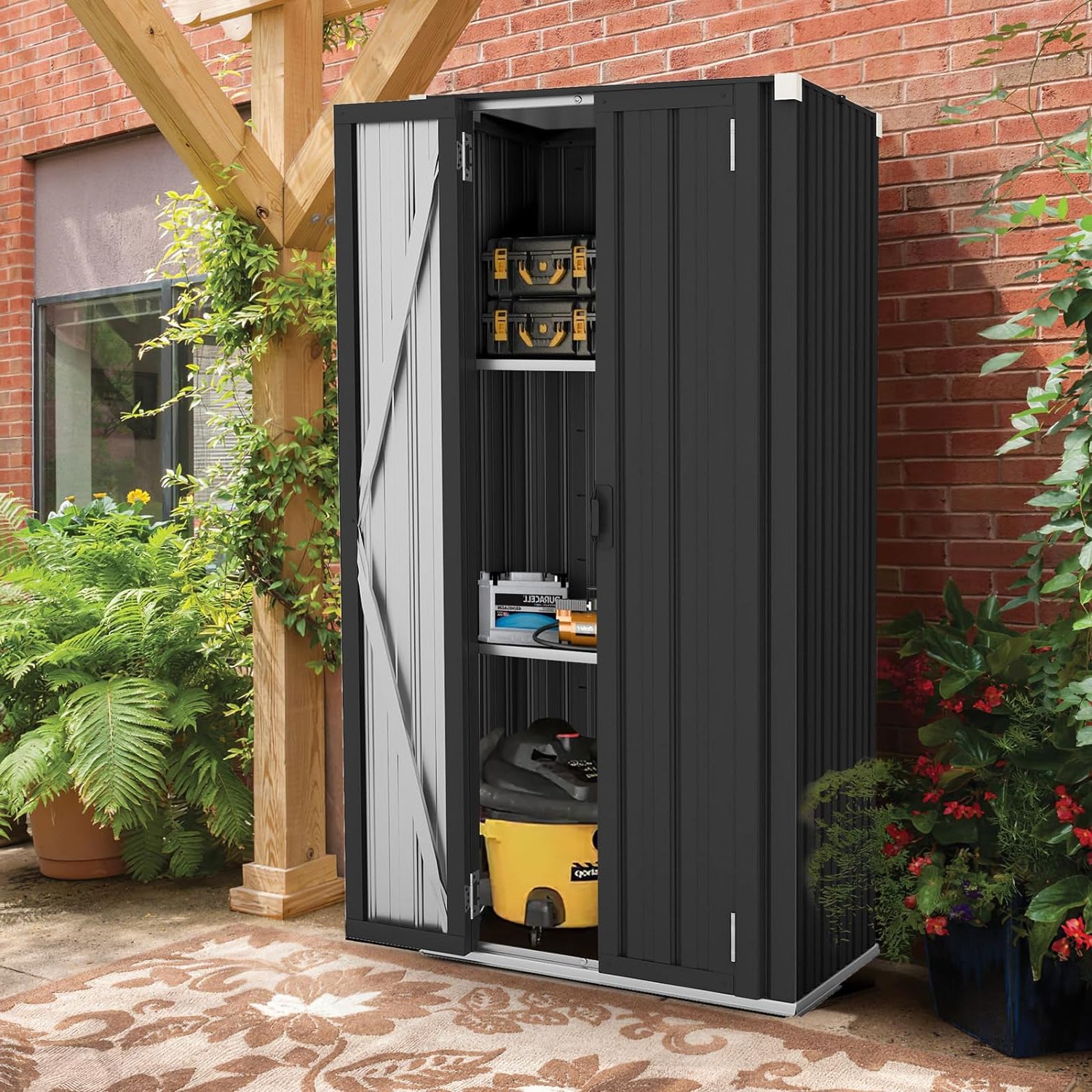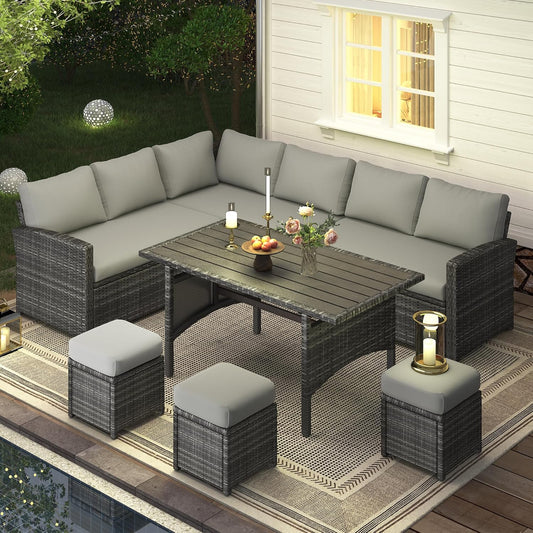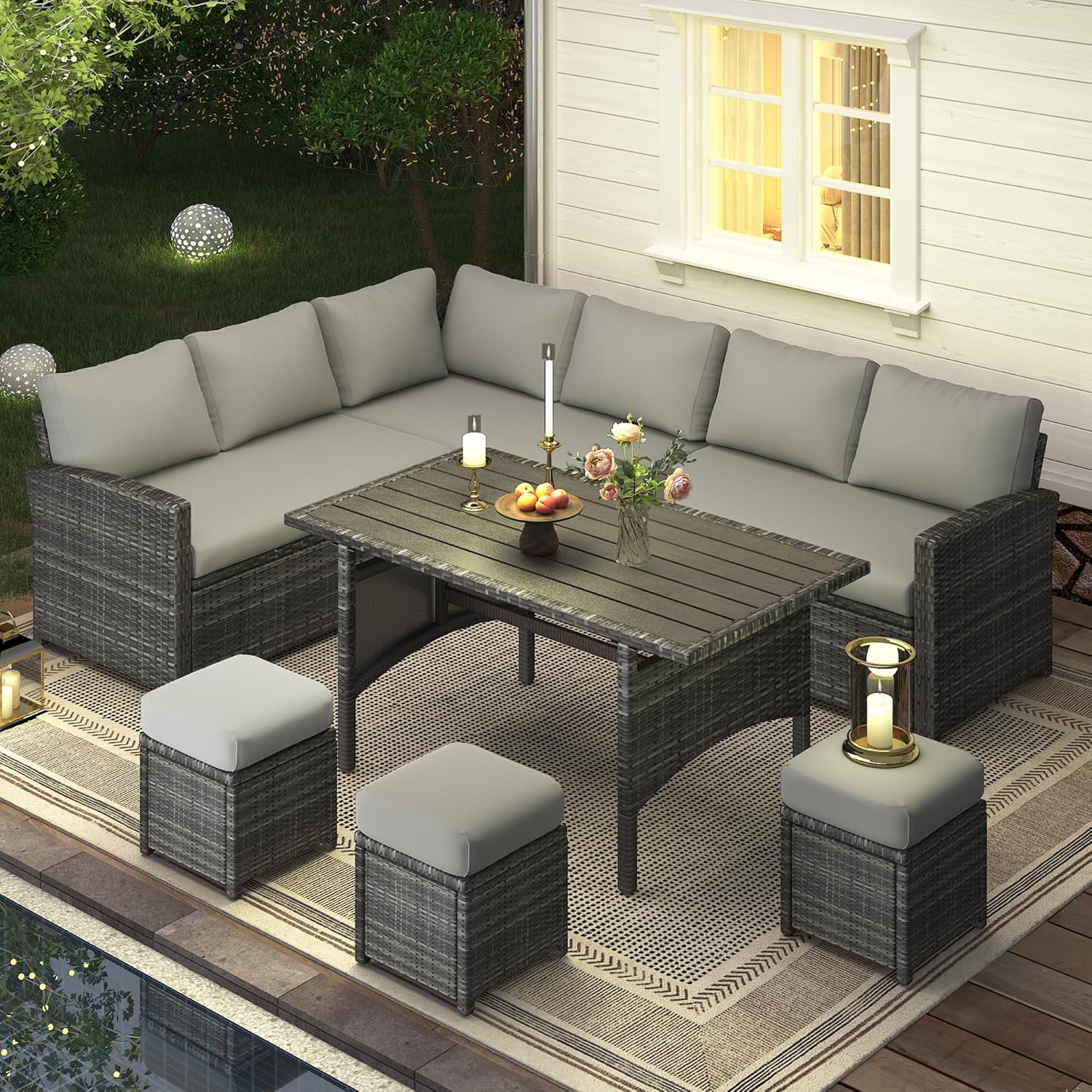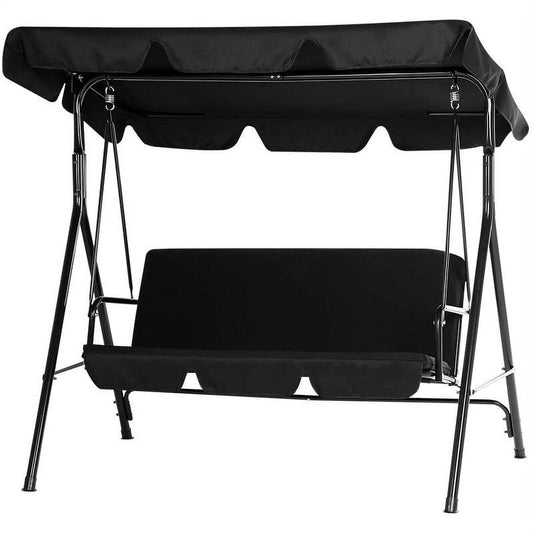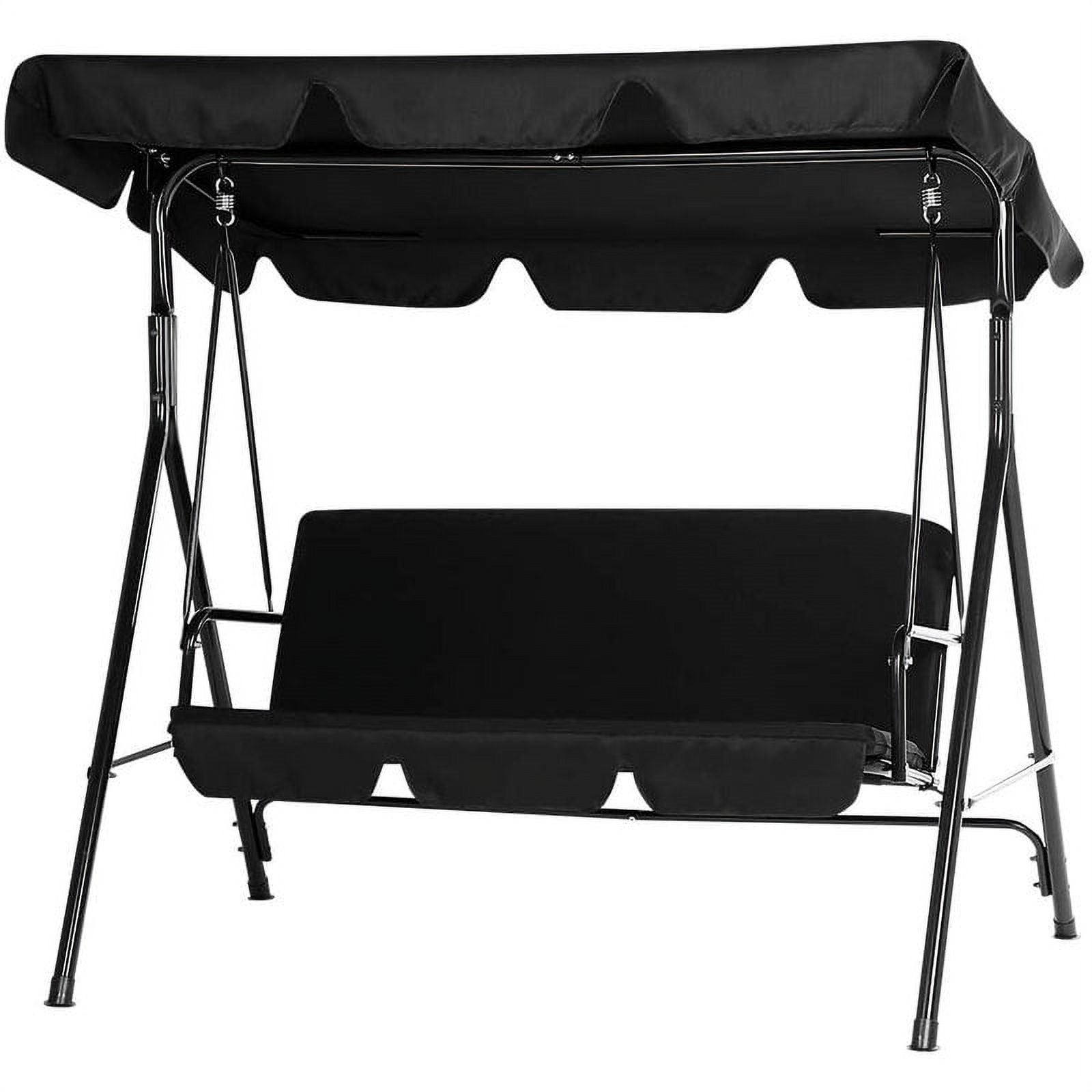When you're in the market for a new recliner, one of the first choices you'll face is whether to go with a fabric or leather upholstery. Each material comes with its own set of pros and cons, which you'll want to consider based on your preferences and lifestyle. In this guide, we’ll break down the key differences between fabric and leather recliners, helping you choose the best option for both your comfort and home décor. Whether you're looking for a leather recliner couch or a more traditional fabric design, understanding these differences will guide you toward the perfect choice.
What Are the Key Differences Between Fabric and Leather Recliners?
Choosing between a fabric or leather recliner can be a difficult decision, especially with so many options available, such as a leather recliner couch or a traditional fabric recliner. However, understanding the unique characteristics of each material and how they align with your needs can make the process much clearer. Whether you're prioritizing comfort, durability, or style, knowing the key differences between fabric and leather recliners—whether it’s the best leather recliner or a more affordable fabric option—will help you make a more informed choice. Here’s a quick breakdown of what each material offers to make your decision easier.
Material Overview: Fabric vs. Leather Recliners

Fabric Recliners: Made from woven materials, fabric recliners are soft, breathable, and come in an extensive variety of colors, patterns, and textures, making it easy to match them with any home décor. Whether you’re looking for plush velvets, casual cottons, or durable canvas options, fabric recliners provide comfort and flexibility. They are typically more affordable than leather, which makes them a go-to option for those on a budget or looking to furnish multiple rooms. Modern fabric recliners also feature performance fabrics that are designed to resist stains and wear, ensuring longer-lasting durability. They’re perfect for families with kids or pets, as the breathable material reduces the chance of overheating, offering a more comfortable sitting experience in warmer conditions.

Leather Recliners: Leather recliners offer a sleek, sophisticated look that brings a touch of luxury to any room. Made from high-quality materials, leather recliners are known for their durability, often lasting for many years with proper care. Leather is easier to clean compared to fabric, requiring just a wipe-down to remove spills or dirt. It’s resistant to stains, and the smooth surface is ideal for homes with pets, as it’s less likely to trap pet hair. Additionally, leather tends to feel cooler to the touch, which can be more comfortable for people who tend to overheat when sitting for long periods. Over time, leather develops a unique patina that enhances its character, making each piece one-of-a-kind. Although leather recliners typically come with a higher price tag, they offer a refined, timeless appeal and exceptional longevity, making them a smart investment for those seeking both style and comfort.
Pros and Cons: Fabric vs. Leather Recliners
Fabric Recliners
· Pros:
1.Soft and cozy feel
2.Wide range of colors and patterns
3.Typically more affordable
4.Great for those who prefer a breathable material
· Cons:
1.Prone to stains and dirt
2.Can wear out more quickly
3.May require regular cleaning
Leather Recliners
· Pros:
1.Durable and easy to clean
2.Gives a modern, sleek appearance
3.Long-lasting if properly maintained
4.Ideal for those with allergies (less likely to trap dust and pet hair)
· Cons:
1.Can be more expensive
2.May feel colder or stick to skin in hot weather
3.Requires regular conditioning to prevent cracking
Whether you prefer the cozy feel of fabric or the sleek durability of leather, both options have their own advantages. Understanding these differences can help you make the best choice for your lifestyle and home.
Which One Offers Better Comfort and Durability?

Comfort
A recliner’s primary purpose is to provide a comfortable space to relax, so comfort should be a top priority when choosing between fabric and leather. Fabric recliners are usually more thickly padded than leather, offering a soft, plush feel that contours to your body as you relax. Additionally, fabric tends to breathe better than leather, promoting airflow and preventing that sticky feeling against your skin.
However, leather reclining sectionals can also offer excellent comfort. Top-grain leather has some flexibility and molds to your body over time. For those who tend to get warm while resting, leather’s smooth surface remains cooler to the touch compared to fabric. Leather also provides more supportive lumbar comfort in the lower back. Both fabric and leather have distinct comfort benefits, so your personal preference will ultimately guide your decision.
Durability
Recliners undergo heavy use, so the durability of the upholstery—whether fabric or leather—matters. Quality leather, typically sourced from the top layer of cowhide, is incredibly durable and can outlast fabric by many years with proper care. Over time, leather develops a unique patina but won’t crack or peel. It is also more resistant to punctures from pet claws or sharp objects, and its smooth surface makes it easy to clean.
While fabric upholstery typically doesn't last as long as leather, high-quality materials like durable polyester blends or thick, high-density woven fabrics can still hold up well for a decade or more. The main durability concerns for fabric are piling (fuzzy texture from use), stains that are hard to remove, and loosening stitching that could lead to ripped seams. Choosing tightly woven, high-quality fabric helps reduce these risks. So while leather generally outperforms fabric in terms of durability, fabric can still last a long time when properly maintained.
How Do Maintenance and Care Differ?
Leather Care
Leather recliners require regular cleaning and maintenance to maintain their appearance and extend their lifespan. It’s recommended to wipe the leather surface with a soft, clean cloth weekly to remove dust and dirt. Every 6 to 12 months, apply a leather conditioner to prevent cracking and keep the leather supple. It’s also important to avoid exposing the leather recliner to direct sunlight, as this can cause fading and drying. Additionally, keep sharp objects away from the surface to prevent scratches.

Fabric Care
Caring for fabric recliners is relatively simple, but they still need regular attention. Vacuuming your recliner weekly will help remove dust, dirt, and pet hair. For any spills, blot them immediately with a clean cloth to avoid stains setting in. Regularly clean your fabric recliner with a suitable fabric cleaner to remove stains and odors. It's also important to avoid placing the recliner in direct sunlight to prevent fading. Check the stitching occasionally to ensure it remains intact and avoid any fraying.
What Are the Cost Differences and Long-Term Value?
Initial Price
When choosing between leather and fabric recliners, it's important to consider both cost and value. Leather recliners often come with a higher price tag—typically two to three times more expensive than their fabric counterparts. This premium is due to the extensive production process and stringent quality standards required to produce top-grain leather. Additionally, the structural framework of a leather recliner must be exceptionally sturdy to support the leather's weight, and the manufacturing process is often more labor-intensive.
In contrast, fabric recliners offer a more budget-friendly option without sacrificing comfort. Affordable materials like microfiber and synthetic blends can mimic the soft feel of more expensive natural fabrics such as cotton, wool, or linen. Opting for performance fabrics with stain protection and durability features can further enhance their value. This makes fabric recliners an excellent choice for buyers with budget constraints or those looking to furnish multiple rooms.
It's also worth noting that while leather recliners are a significant investment, they can add a touch of luxury and sophistication to your living space. High-quality leather pieces often develop a unique patina over time, enhancing their character and appeal. However, this comes with the need for regular maintenance to preserve their appearance.
Ultimately, the decision between a leather and a fabric recliner depends on your personal preferences, budget, and the ambiance you wish to create in your home. Both options offer distinct advantages, so consider what aligns best with your lifestyle and aesthetic goals.

If you're looking for an affordable yet highly functional recliner, the YODOLLA Massage Recliner Chair is a fantastic option. While many top-tier leather recliners come with a hefty price tag, this chair offers a similar luxurious feel at a fraction of the cost. Featuring 5 adjustable massage modes, heating functions, and an adjustable backrest with a retractable footrest, it ensures ultimate comfort. The faux leather upholstery is not only stylish and easy to clean, but it’s also more budget-friendly than genuine leather. Plus, with quick assembly, it’s a perfect choice for those seeking both value and luxury in their relaxation time.
Long-Term Value
Both leather and fabric recliners offer versatile design options that can enhance any living space. Leather brings a sense of sophistication and luxury to a room. Its smooth texture and deep hues only improve with age, adding warmth and dimension. Leather pairs beautifully with other materials such as wood, metal, and stone, making it perfect for contemporary and modern interiors.
On the other hand, fabric recliners provide an array of design possibilities. From elegant velvets and soft brushed textiles to casual cottons and rugged canvas, fabrics offer endless material and pattern options. Whether you prefer bold, vibrant prints or subtle, textured weaves, fabric recliners can make a striking style statement. Performance fabrics that mimic the luxurious feel of leather also offer a more budget-friendly alternative, and mixing different fabric pieces across seating areas creates a cozy, layered look.
When choosing between leather and fabric, it’s essential to weigh several factors such as comfort, durability, maintenance, cost, and overall design appeal. Leather is ideal for those looking for a refined and durable option with a timeless appeal. If plush comfort and budget-friendly pricing are more important, high-quality woven fabric recliners may be the better fit. Performance microfibers, which resemble leather, are a great middle ground, offering a leather-like appearance without the high cost. Ultimately, your personal preferences and priorities will guide you to the perfect recliner that fits your needs and enhances your space for years to come.
If you’re looking for an affordable yet highly functional recliner, the YODOLLA Power Lift Recliner Chair for Elderly is a great option. Featuring an upgraded electric motor, it smoothly adjusts the backrest and footrest, reclining up to 150 degrees. Made from high-quality fabric and foam, it’s easy to clean. With side pockets, cup holders, and built-in controls, it’s senior-friendly and quick to assemble—no tools required.

Conclusion
In conclusion, both leather and fabric recliners offer unique benefits, and the choice ultimately depends on your personal preferences and needs. Leather recliners, with their durability, luxurious feel, and easy maintenance, are perfect for those seeking a long-lasting investment with a refined aesthetic. Fabric recliners, on the other hand, provide more comfort and warmth, with a wide range of material options and design possibilities at a more budget-friendly price.












